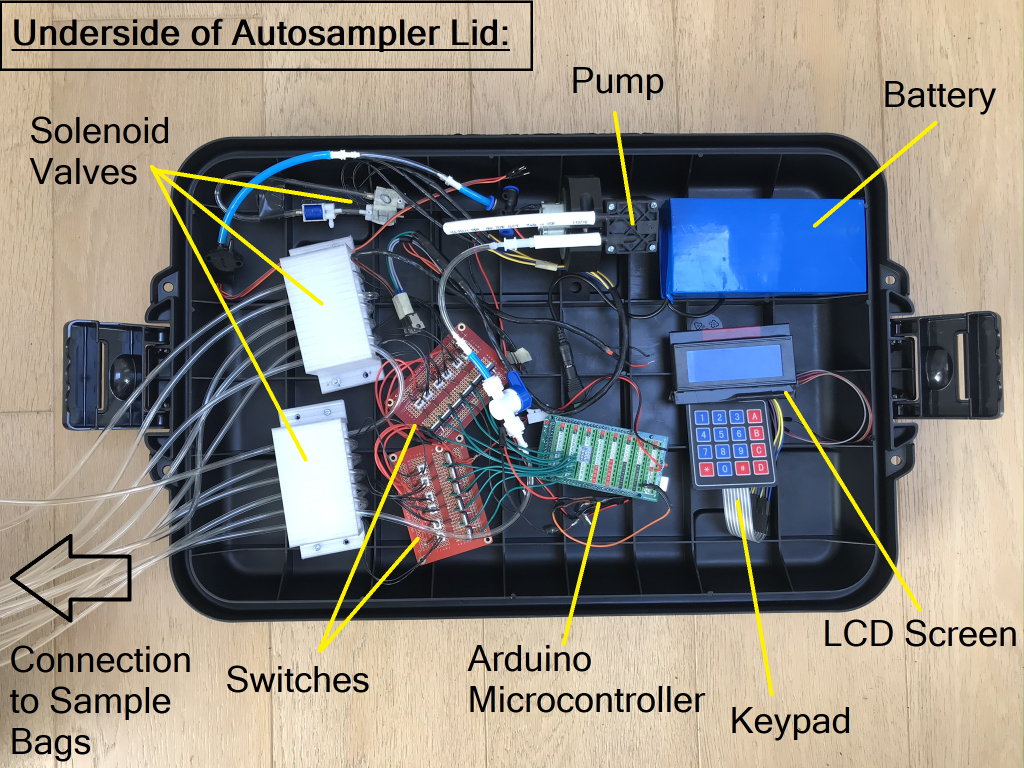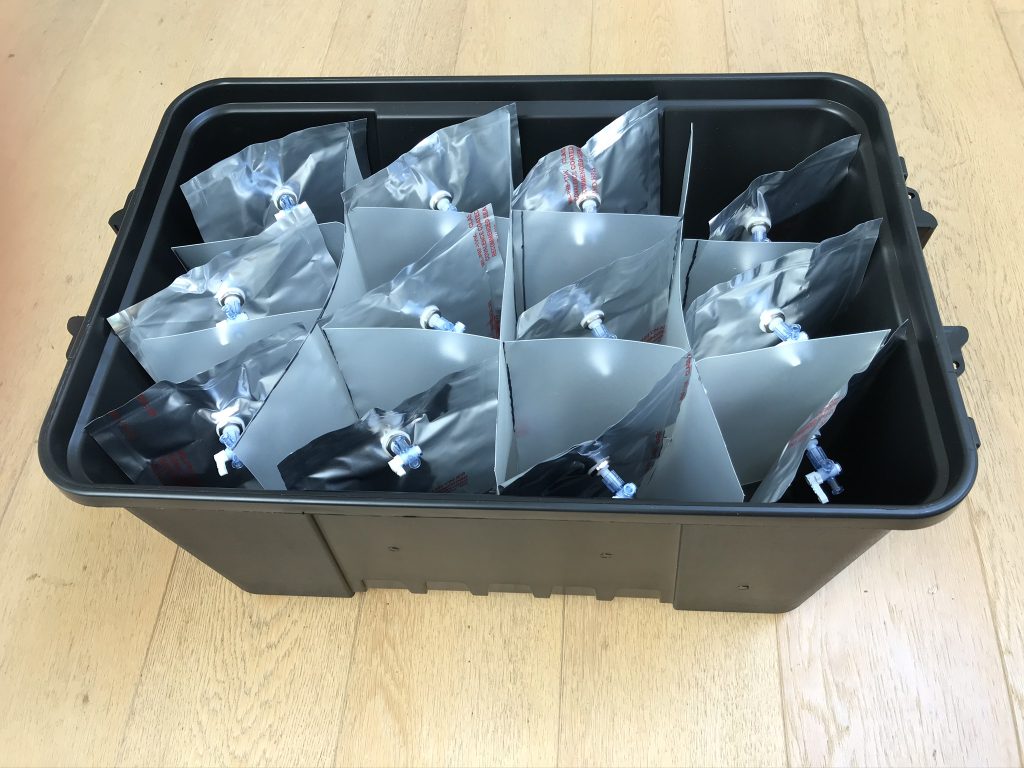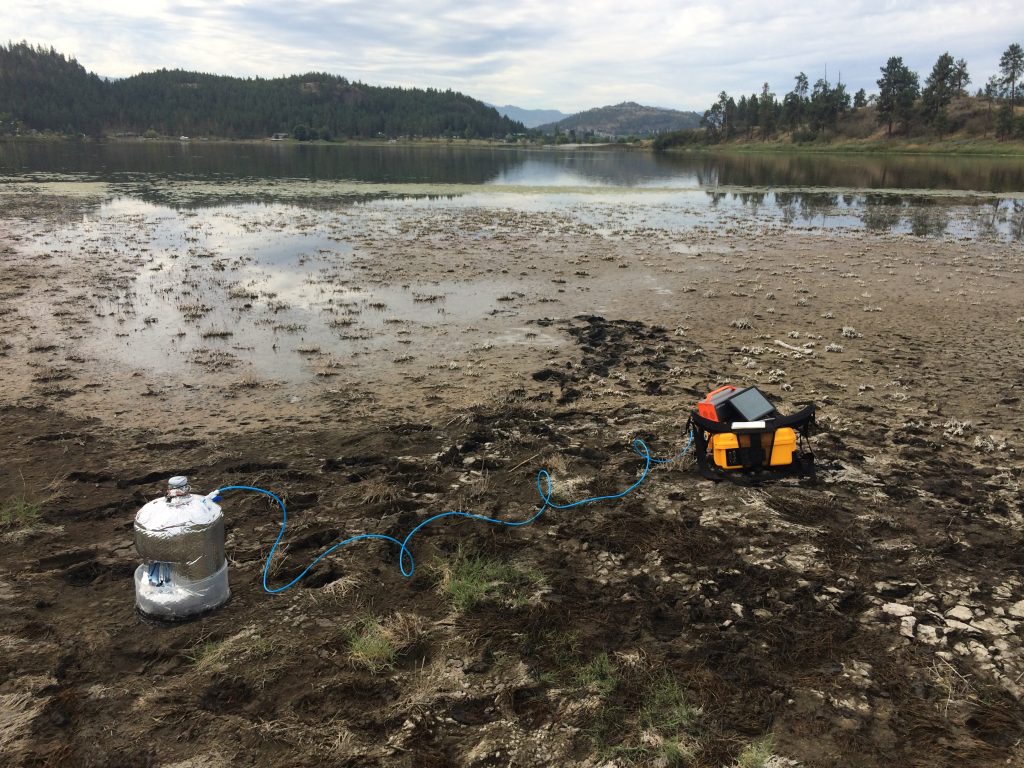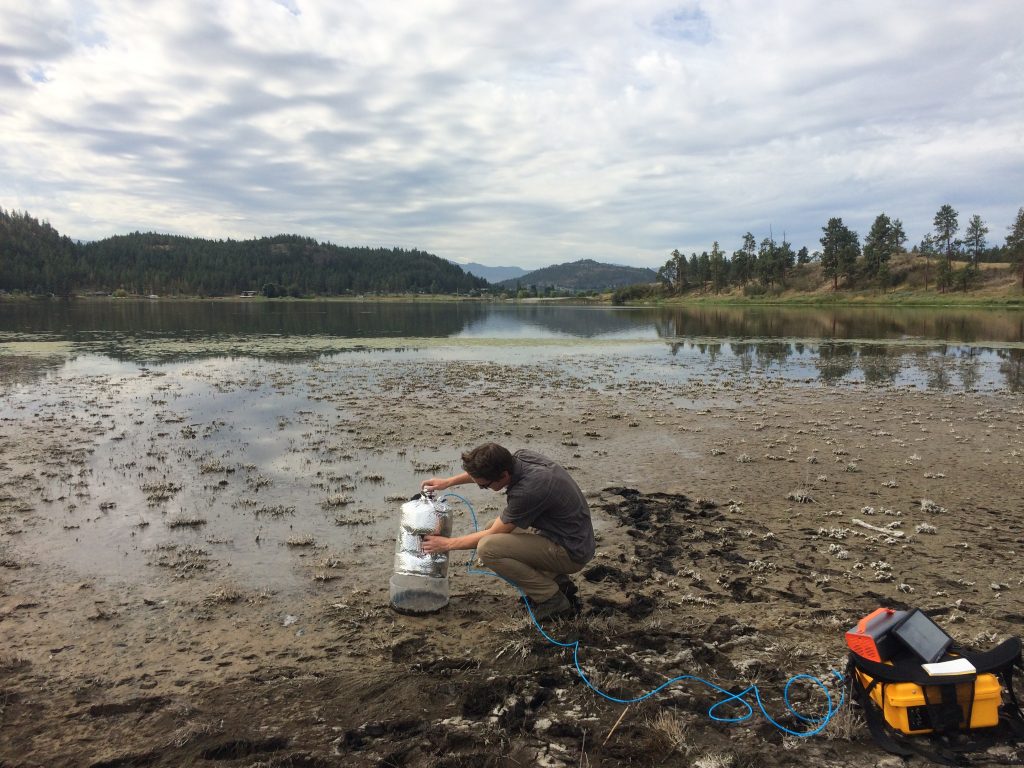BSc. Honours Thesis
Title: Development of an automated system to collect discrete temporal samples of air for methane concentration and stable isotope analysis
Research Goal: Develop and test an automated system capable of capturing and storing air samples from methane emitting sources at timed intervals throughout the night. This would allow for tracing an atmospheric buildup of methane during nocturnal inversions. The system would be a low-cost and easily replicable design allowing for multiple samplers to be setup throughout a landscape to trace and map emission hotspots.


Abstract: Global atmospheric methane (CH4) has risen to historic levels of 1876 ppb as of April 2020, with a rise of over 80 ppb in the past 11 years. More studies are pointing to extensive biogenic CH4 sources, such as wetlands and agriculture, to be large contributors to the recent increase. Bottom up scaling of chamber measurements can cause inaccuracies when used to estimate emissions from heterogenous landscapes that emit CH4. Collecting ground-level atmospheric samples during nocturnal inversions can provide a more accurate representation of the landscape emissions as a whole. A portable, automated sampling system was developed to collect and store atmospheric samples remotely in the field. After retrieval, the samples can be used to determine both the CH4 emission rate and the δ13C and δ2H isotope values of the source. This system was created using a diaphragm pump and solenoid valves housed in custom 3D-printed casings to collect ambient air in volume-optimized polymer-coated aluminum foil bags. All components are controlled by an Arduino microcontroller running C/C++ code. The system takes user input from a keypad to set the number of samples for collection and storage, and the timing of sampling. The system also can be used to transfer samples directly from storage containers into a laser spectrometer for CH4 analysis. The system was refined and tested during deployments in the valley in north Glenmore, which includes significant CH4 sources such as the Glenmore Landfill and Roberts Lake wetlands. Nocturnal inversions needed to form a stable boundary layer for atmospheric diel sampling also are common in the area. All deployments yielded results showing upwards trends in atmospheric CH4 mixing ratio as the night progressed but with varying consistency in the rate of increase. A further advance on the sampling system will be the integration with automated flux chambers to store headspace samples of emissions for stable isotope analysis.
Supervisor: Dr. Ed Hornibrook

Undergraduate Research Award:
Title: Quantifying fugitive emission of methane from the Glenmore Landfill
Research Summary: Both a prototype of the automated atmospheric sampler (described above) and flux chambers were used to determine an estimate of the fugitive methane emission rate from the Glenmore Landfill. Nocturnal boundary layer sampling provided the total emission rate for sources throughout the northern Glenmore area. Each major source besides the landfill was quantified: Roberts Lake wetland, compost piles at the landfill, and cattle in the surrounding area. These values were then subtracted from the total emission rate to find the approximate fugitive emission rate from the Glenmore Landfill.
Supervisor: Dr. Ed Hornibrook


